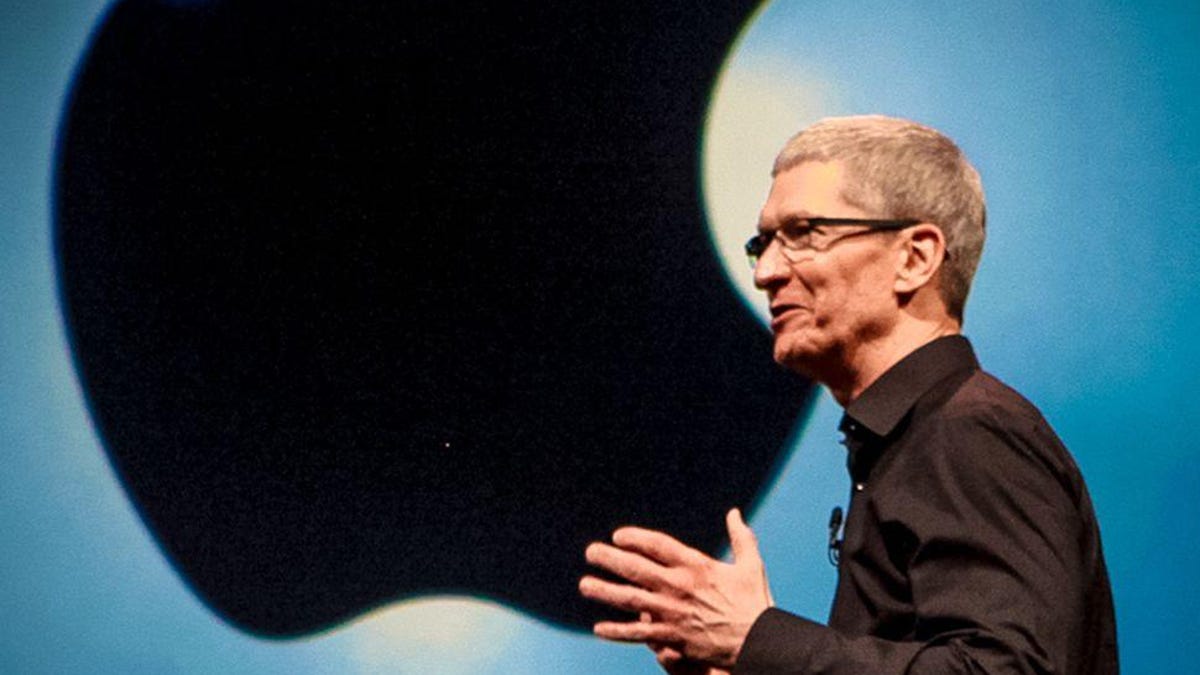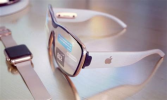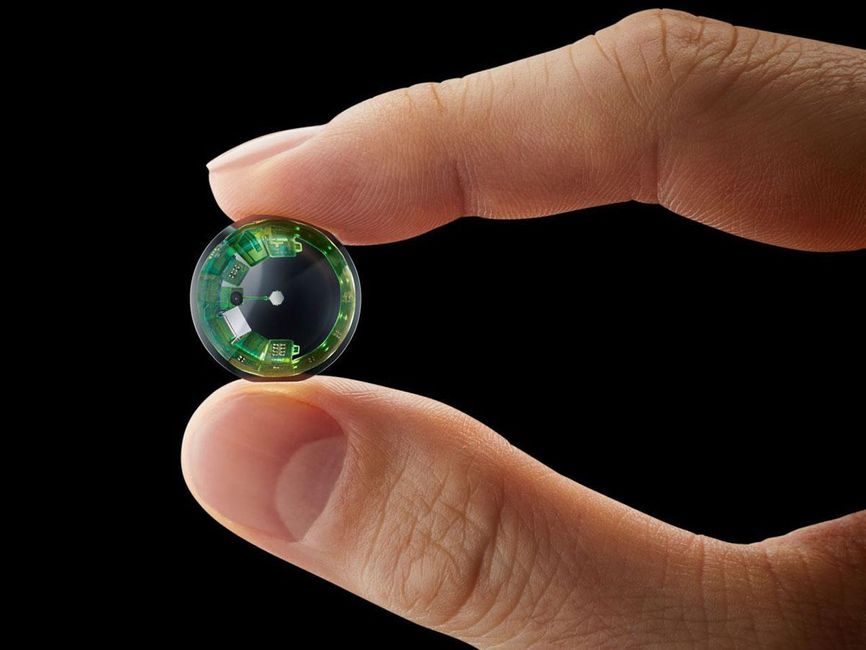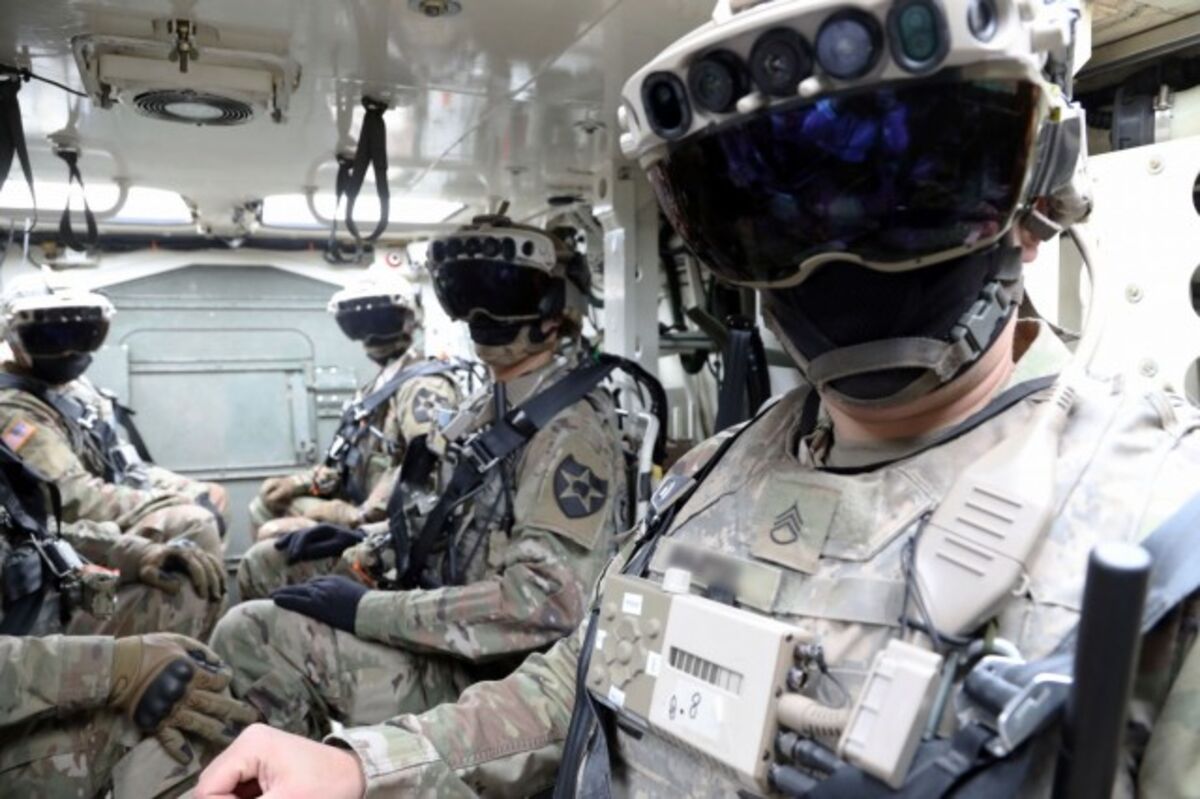This explains why each of these firms has gone all in on augmented reality. With its deep integration of sensors and displays, computing and visualization, object and gesture recognition, and much more besides, augmented reality represents the pinnacle of a long-sought man-machine symbiosis. It also represents a target so incredibly ambitious that even the most well-funded technology startup in history,
Magic Leap, failed to produce anything deliverable, even though it was fueled by more than US $4 billion dollars in investment.
Bringing consumer AR spectacles to market successfully in the mid-2020s will require investments that will likely run into hundreds of billions of dollars. Such capitalization is far beyond the reach of any except the largest businesses, all of which now happen to be tech companies.
Yes, AR spectacles will offer us a new window onto the world, revealing in “digital depth” features that lie beneath the surface of everyday objects. But the drive for stunning achievements in augmented reality conceals another motive. The very largest firms in technology now use their wealth as a moat. Hidden behind their castle walls, they invest and invent. Once they’re satisfied that they’ve protected themselves from forces outside laying siege, they’ll manufacture and distribute their next-level gadgets, propelling themselves to dominance in an even larger market than they already possess.
So the big will use their size to get even bigger, spending their money to earn themselves even more money and in the process making themselves ever more invulnerable.
These behemoths are confident that they can surmount whatever technical obstacles stand in their way. That conviction is common enough for any tech company taking on a new challenge. The problem here is that as these giants make the climb with AR, they will be working to pull up the ladders with them.
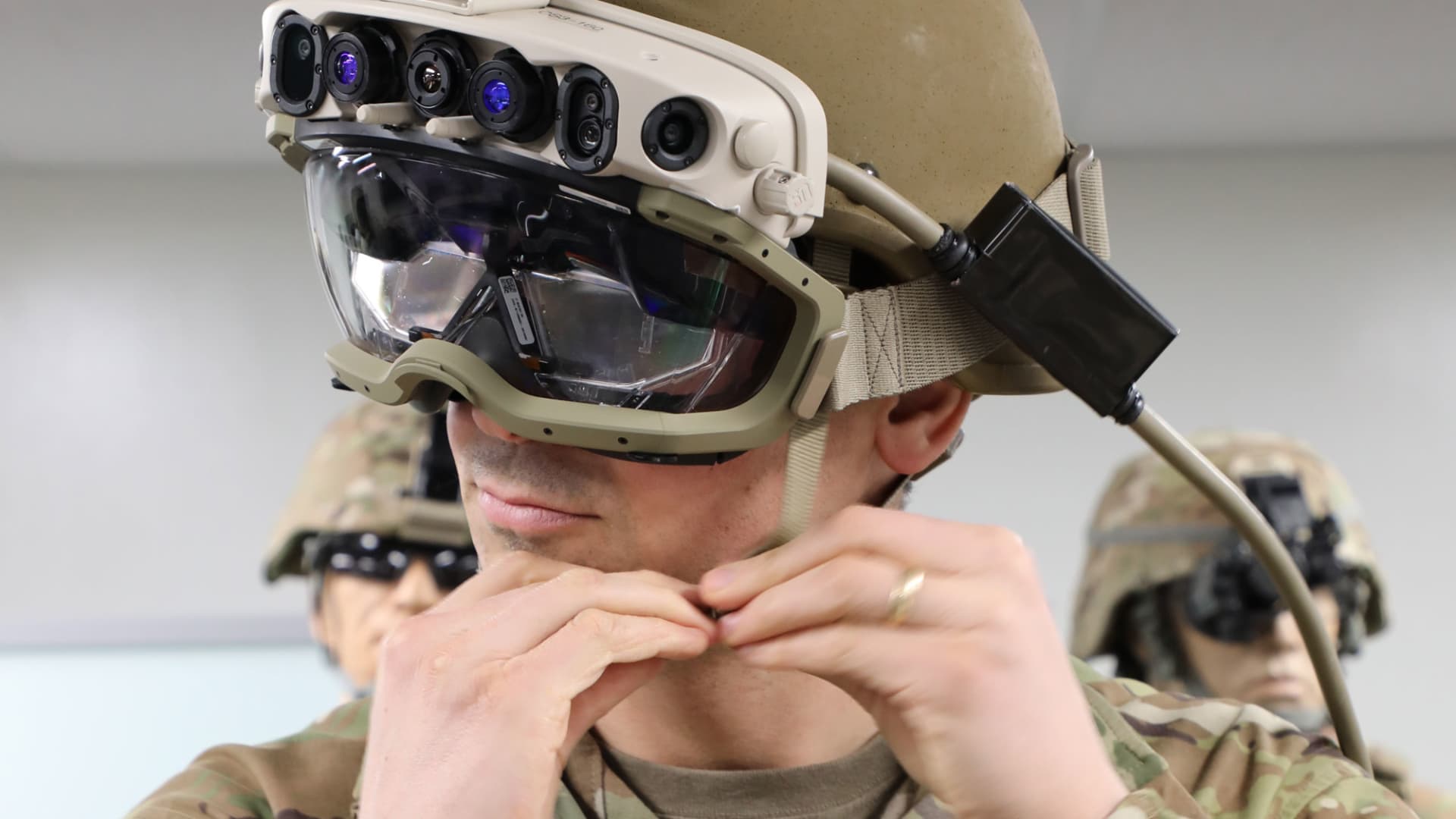
 www.cnbc.com
www.cnbc.com


